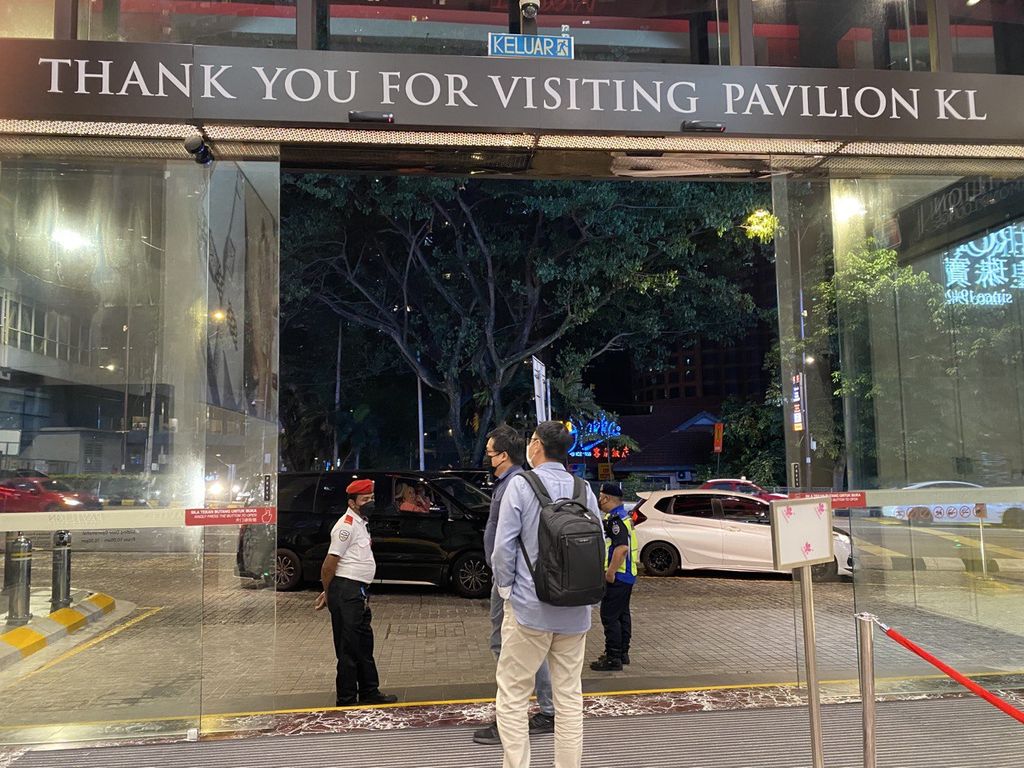Energy efficiency in commercial buildings is critical in today’s market. Studies have shown, commercial buildings spend an average of 35-40% of their energy budget on heating, ventilation, and air-conditioning (HVAC). By creating a good HVAC eco-system, it helps to provide the right comfort in every season, and at the same time allows the right energy consumption in order to efficiently manage the operating cost of a building.
Entrances are one of the weak spots in commercial buildings especially when it comes to saving energy. Doors open and close many times a day, making it difficult to maintain indoor climates.
In environments such as shopping malls where there is relatively higher foot traffic, automatic doors are the ideal choice for entrances because they not only allow customers to enter and exit easily without the need to manually open and close the door; Selecting the right sensor to operate with automatic doors plays a pivotal role in the HVAC eco-system equation to facilitate rapid door opening and closing such that a comfortable interior environment can be created.
Without the right sensors, doors are left open unnecessarily. This prevents the environment from reaching the temperature setting for the thermostat. Therefore, the air-conditioning will “work harder” and stay continuously to create more cool air. This continuous operation creates high electricity consumption and maintenance costs.
Thanks to the unidirectional radar technology, automatic doors not only open smoothly and comfortably, but the duration of the door opening cycle is also relatively short. Thus, heat loss from the building is reduced, which in turn improves energy / thermal efficiency. From a commercial perspective, this would mean that an energy-efficient building would cost less to heat, cool and operate.

BEA IXIO-D is the ideal sensor for automatic doors as it combines radar technology for activation of doors with infrared technology for user protection. The unidirectional radar enables energy savings to be made.

Seen at major entrances such as airports, hotels, hospitals, and even high-end shopping malls, BEA IXIO-D sensors are widely adopted. Retailers aim to offer shoppers the best customer experience while optimizing their own key performance indicators with respect to building performance and a safe environment.

Two sets of IXIO-D installed in the gate of a shopping mall. Reference: Pavilion KL Mall, Malaysia
Equipped with the Shopping Street function, BEA IXIO-D makes it an ideal sensor for installations especially in narrow streets with heavy pedestrian traffic as the door opens only when a pedestrian is detected in both the radar and infrared field. This ensures the door remains accessible to pedestrians who intend to pass through the door, eliminating pedestrian cross traffic.

Cross traffic rejection
Here at BEA, we offer sensing solutions where doors are open only when needed, ensures pedestrian safety as well as control access. The adoption of BEA IXIO-D that complies with both EN16005, DIN18650 and AS5007 standards on Automatic Doors ensure premises maintain a steady temperature, allowing one to reduce energy consumption and lower carbon footprint.
BEA has developed a professional energy-saving calculation tool the thermotool, where you can assess the energy-saving opportunity of your existing doors or new projects. Do reach out to our sales colleagues to learn more about the thermotool and the right solutions that will enable you to maximise energy savings on your doors.
Source: http://www-g.eng.cam.ac.uk/gft/media/PG%20projects/Murat’s%20publication/MPhil%20Thesis-Murat%20Basarir.pdf

